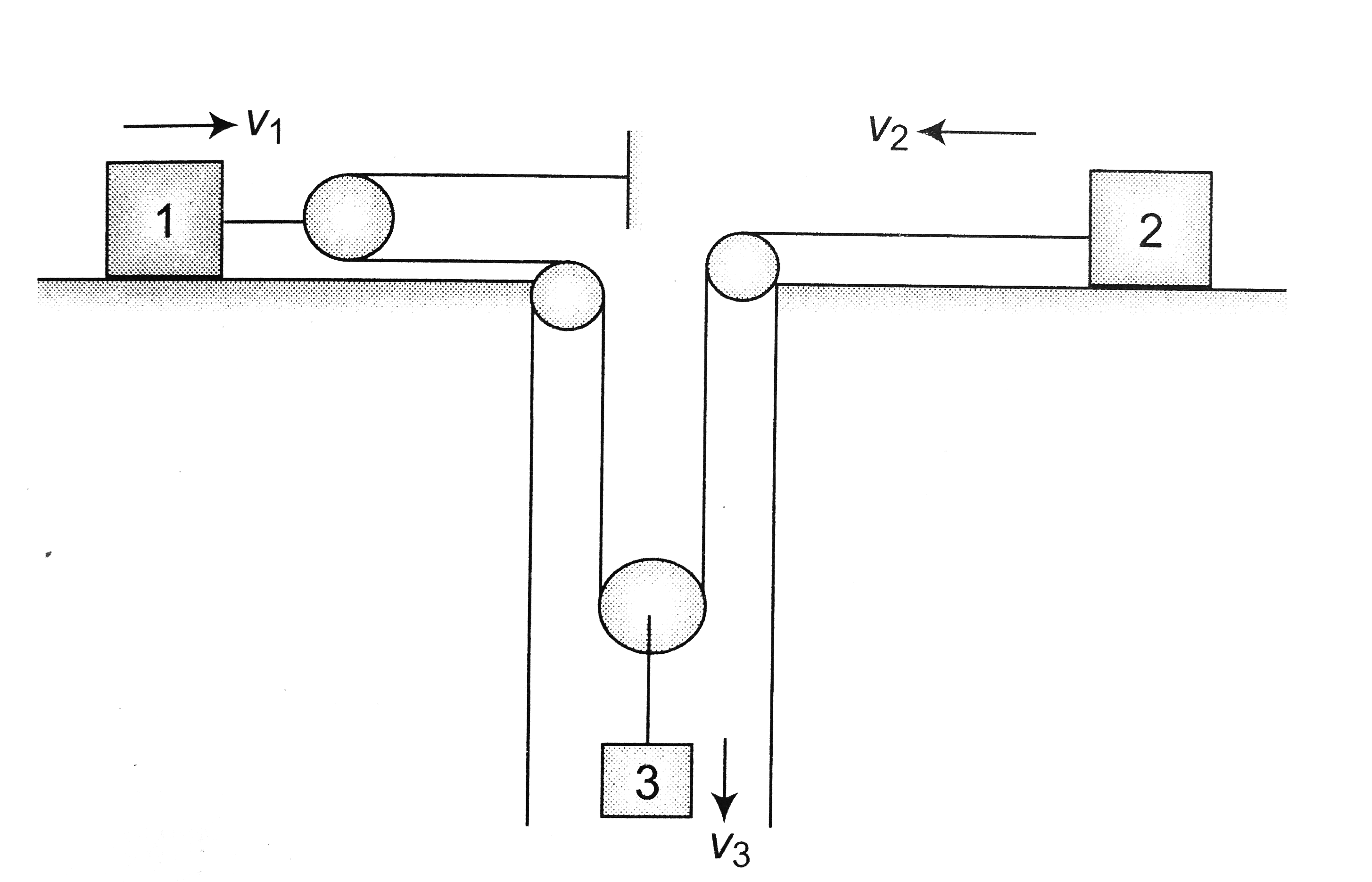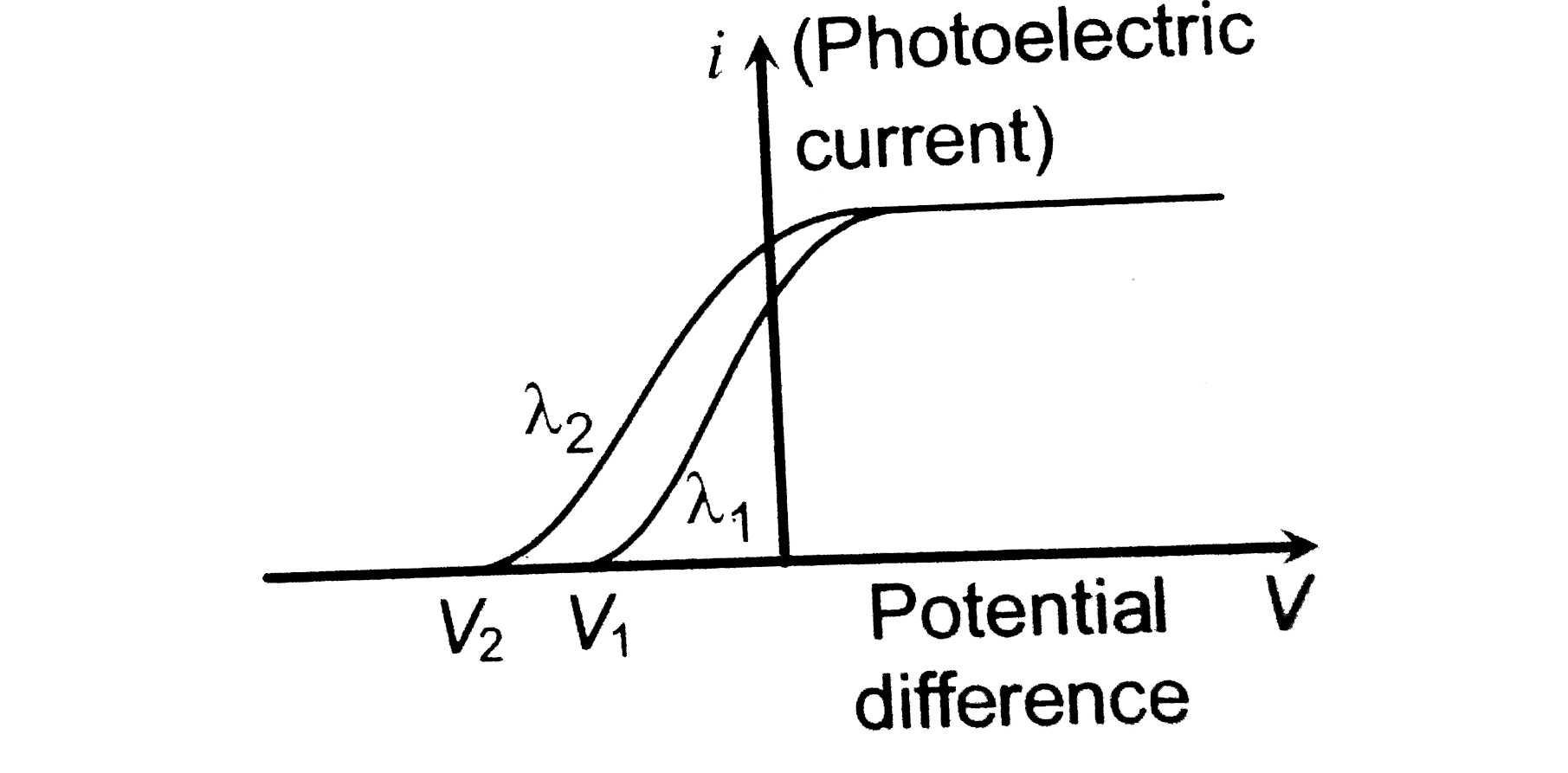v1_newFlow
i=(1−α)
i=(1+α)
i=(1−α/2)
i=(1+α/2)
The correct Answer is:c
2C6H5COOH⇔(C6H5COOH)2
For association,
α=(i−1)(1/n−1)=(i−1)(1/2−1)
−α/2=i−1ori=(1−α/2)
Similar Questions
V1, V2, V3 and V4 are the volumes of four cubes of side lengths x cm , 2x cm , 3x cm and 4x cm respectively. Some statements regarding these volumes are given below V1+V2+2V3<V4 (2) V1+4V2+V3<V4 (3) 2(V1+V3)+V2=V4 Which of these statements are correct? (a) 1 and 2 (b) 2 and 3 (c) 1 and 3 (d) 1, 2 and 3
View SolutionTwo batteries V1 and V2 are connected to three resistors as shown below. If V1=2Vand V2 = 0 V, the current I = 3 mA. If V1 = 0 V and V2 = 4V, the current I = 4mA. Now, if V1 = 10 V and V2 = 10 V, the current I will be-

View Solution
Knowledge Check
Find the values of u and v for the following equations.
13u+v+13u−v=34
12(3u+v)−12(3u−v)=−18Au=1,v=−1Bu=−1,v=−1Cu=1,v=1Du=−1,v=1Three block 1, 2 and 3 are arranged as shown in the figure. The velocities of the blockes v1 , v2 and v3 are shown in the figure. What is the relationship between v1 , v2 and v3 ?
 A2v1+v2=v3Bv1+v2=v3C2v1+2v2=v3DNone of these
A2v1+v2=v3Bv1+v2=v3C2v1+2v2=v3DNone of theseThe ratio of de broglie wavelength of electron accelerated through potentials V1 and V2 is 1:2 the ratio of potentials V1:V2 is
A4:1B1:4C1:2D2:1
A point moves with uniform acceleration and v1,v2,v3 denote the average velocities in the successive intervals of times v1,v2,v3 . Then v1−v2v2−v3=t1+t2t2+t3
View SolutionIn the following diagram if V2>V1 then

View SolutionIf V2andV1 are the velocity of sound in soid and liquid, respectively, then V1V2.
View SolutionA particle moves along a straight line. Its velocity and speed are denoted by v1 and v2. The quantity v1v2
View SolutionLet V1= variance of {13,16,19…………103}andV2= variance of {20,26,32…………..200}. Then V1:V2 is
View Solution

